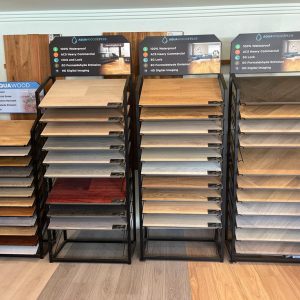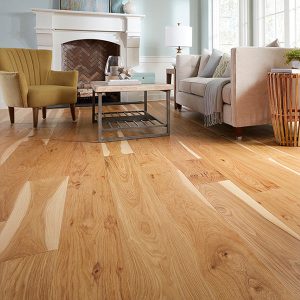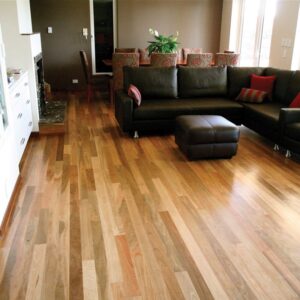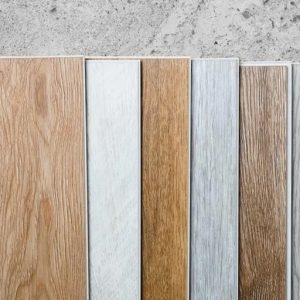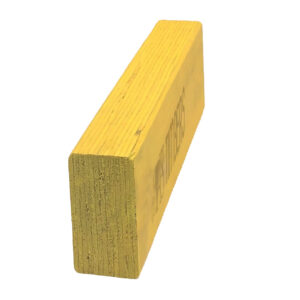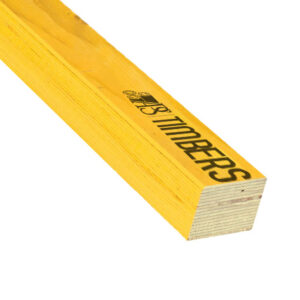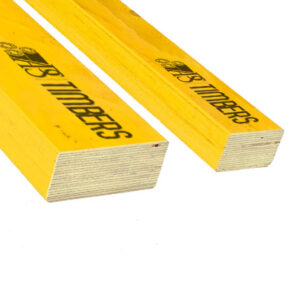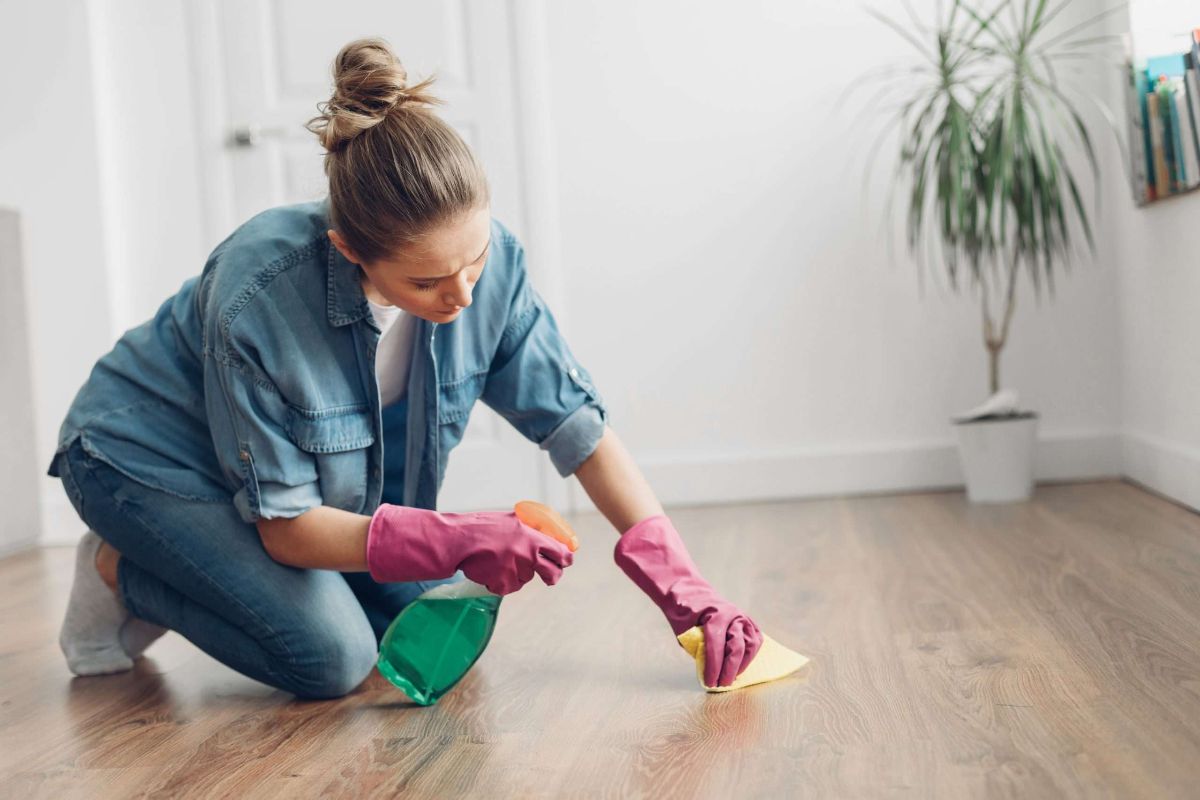Timber floors are:
- A dateless, elegant addition to any home.
- Furnishing warmth and character.
- A touch of nature to your living spaces.
Everybody knows that it is important to keep these floors looking stylish. Whether you’ve installed new timber flooring or inherited beautiful hardwood floors, proper care and maintenance are essential to ensure life and save their natural beauty. In this companion, we’ll give expert tips on how to watch for and maintain your timber floors, from everyday cleaning routines to dealing with more serious issues like scrapes and stains.
The significance of Regular Cleaning
Keeping your timber floors clean is one of the easiest and most effective ways to maintain their beauty and extend their lifetime. Dust, dirt, and grit can act like sandpaper, causing bitsy scrapes and wearing down the finish of your timber floors over time. To avoid this, it’s important to sweep or vacuum regularly.
Daily Cleaning Routine
A soft-bristle broom or a vacuum with a hardwood floor attachment is ideal for removing dust and debris without scratching the face. Avoid using a vacuum with a beater bar, as this can cause damage to the floors. For further thorough cleaning, use a damp (not wet) mop with a gentle, pH-neutral cleanser designed specifically for timber floors. Harsh chemicals and excessive water can damage the wood, so be sure to use safe timber products and avoid exorbitantly wet mopping.
Precluding Dirt Buildup
To minimise the quantum of dirt and debris tracked onto your timber floors, consider placing weaklings at all entrances and encourage guests to remove their shoes. This simple step can significantly reduce the wear and tear and gash on your flooring, especially in high-business areas.
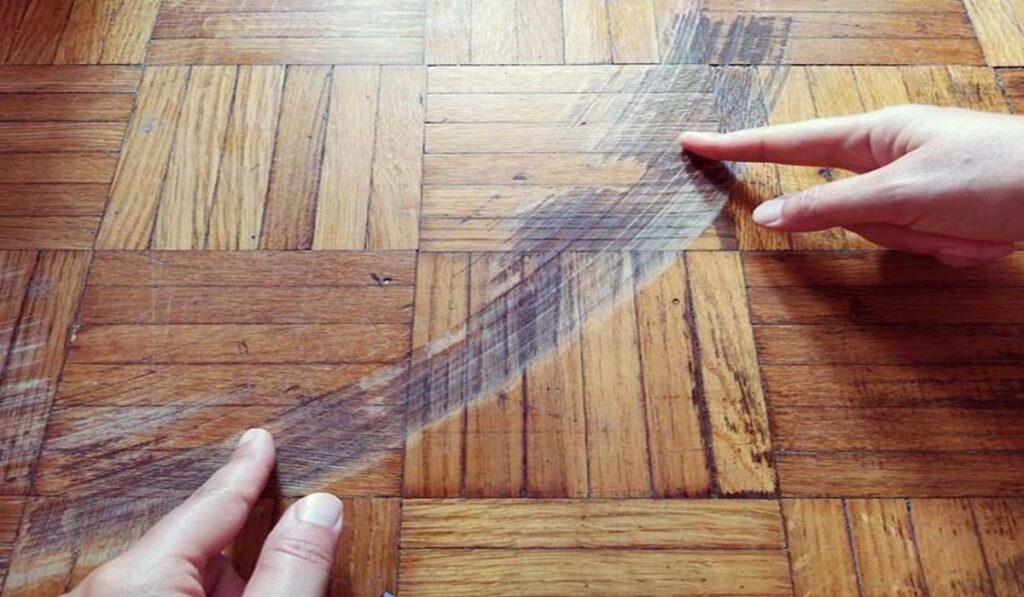
Guarding Timber floors from Damage
While timber floors are durable, they are not vulnerable to Damage. Issues like scrapes, dents, and fading can occur if the floors are not defended. There are many practical ways to help damage your timber flooring.
Use Furniture Pads
Furniture legs can scratch or dent timber floors fluently, especially when chairpersons or tables are dragged across the face. By placing felt pads or rubber defenders on the floors of cabinetwork legs, you can reduce the threat of Damage. Be sure to check the pads periodically and replace them if they come worn or dirty.
Avoid High Heels and Sharp Objects
Sharp objects, similar to high-heeled shoes, pet claws, or dropped particulars, can beget scrapes or indentations in your timber flooring. Encourage family members and callers to avoid wearing high heels outdoors, and keep your faves ‘ nails trimmed to cover the face.
Cover from Sun
Direct sun can cause timber floors to fade or discolour over time. To help this, consider using curtains, hangouts, or UV-defensive window flicks to block out the harsh sun during the brightest corridor of the day. Rearranging cabinetwork periodically can also help distribute exposure unevenly, precluding uneven fading.

Dealing with scrapes and Stains
Indeed, with stylish care, timber floors can develop scrapes and stains. Fortunately, numerous of these issues can be addressed with some simple maintenance ways.
Light scrapes
Light face scrapes can frequently be buffed out with a soft cloth and a wood floor form product, similar to a wood polish or wax stick. Be sure to choose a product that matches the colour and finish of your floors for a flawless form. Rubbing the scratched area with walnuts or using a soft cloth with a small quantum of olive oil painting can also help minimise the appearance of minor scrapes.
Deeper scrapes or Ruptures
Deeper scrapes may bear a more involved form process. For these, you can use wood padding that matches the colour of your floors. Apply the padding to the scratched area, let it dry, and smoothly beach it down with fine-fortitude sandpaper. Once the face is smooth, reapply a corresponding wood finish to blend the form with the rest of the floors.
Stains
When it comes to stains, quick action is crucial. For liquid tumbles, spot the area incontinently with a dry, soft cloth to prevent the liquid from soaking into the wood. Avoid rubbing, as this can spread the stain. However, use a timber floor cleaner specifically formulated for removing stains or produce a manual result using mild cleaner and water If the stain has been set. For further stubborn stains, similar to essay or wine, you may need to smoothly beach the area and refinish it.
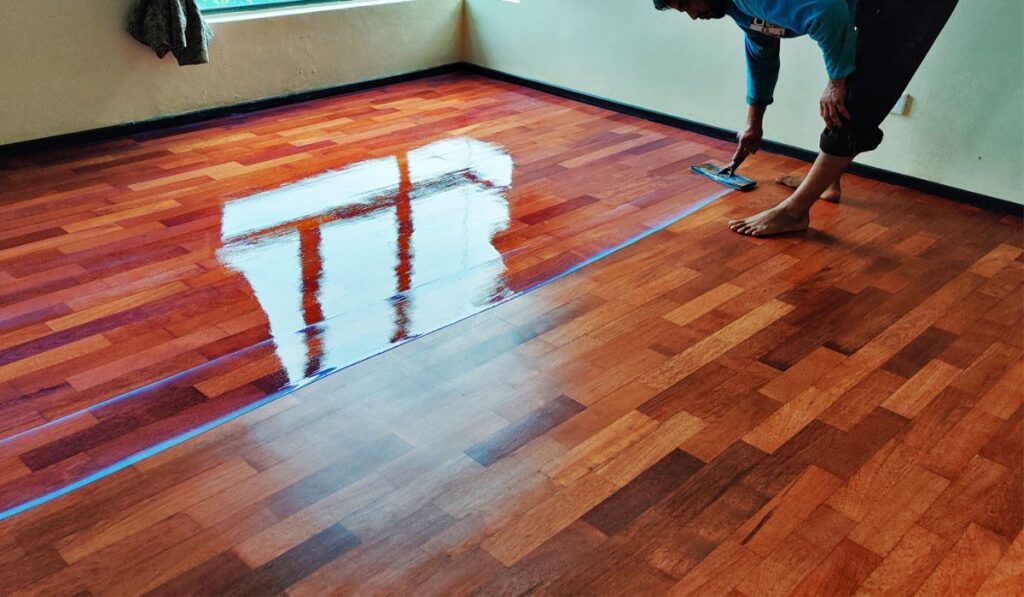
Polishing and Recoating Timber floors
Over time, timber floors can lose lustre due to daily wear and tear and gash. Polishing your floors regularly can help restore their shine and cover the wood. Utmost timber floors profit from polishing every 3 to 6 months, depending on the position of the flooring business.
How to Polish Timber floors
Before polishing:
- Ensure the floors are clean and free of dust and debris.
- Apply a wood floor polish with a microfiber cloth or mop, working in small sections.
- Follow the manufacturer’s instructions for the stylish results.
- Allow the polish to dry fully before walking on the floors.
When to Recoat or Refinish
Still, if you have a worn-down finish or abrasion, you may need to consider recoating or refinishing if your timber floors show signs of expansive wear and tear — similar to deep scrapes. Recoating involves applying a new subcase of finish over the face, while refinishing requires grinding the floors down to the bare wood before applying a fresh finish. This is a ferocious process, but it can make your floors look brand new.
At APS Timbers, we recommend consulting a professional for refinishing services, as indecorous sanding or finishing can damage the floors and affect their appearance.
Maintaining Timber floors in Different Seasons
Timber floors are sensitive to changes in temperature and moisture, which can cause the wood to expand or contract. To help screwing or gaps, it’s important to maintain stable inner conditions time- round.
Summer maintenance
In hot, sticky months, timber floors can absorb humidity from the air, causing the wood to swell. Using air exertion or a dehumidifier can help control moisture situations and help expansion.
Winter maintenance
In colder months, inner heating can dry the air, causing timber floors to contract and produce gaps between the boards. To offset this, use a humidifier to maintain balanced humidity in your home.
Keep Your Timber Floors Beautiful with APS Timbers!
Timber flooring is a long-term investment that requires regular care and maintenance to keep it looking beautiful for times to come. By following the expert tips outlined above — from routine cleaning and damage forestalment to dealing with scrapes and stains you can save the natural beauty and continuity of your timber floors.
At APS Timbers, we offer a wide range of timber floor products, watch results, and expert advice to help you maintain your floors. Whether you’re looking to install new flooring or need tips on keeping your timber floors in top condition, our platoon is here to help.
Contact us momentarily for all your timber flooring needs, and let us help you cover your investment with the stylish care practices available.
Must Read: Engineered Timber Flooring vs. Laminate Timber Flooring


